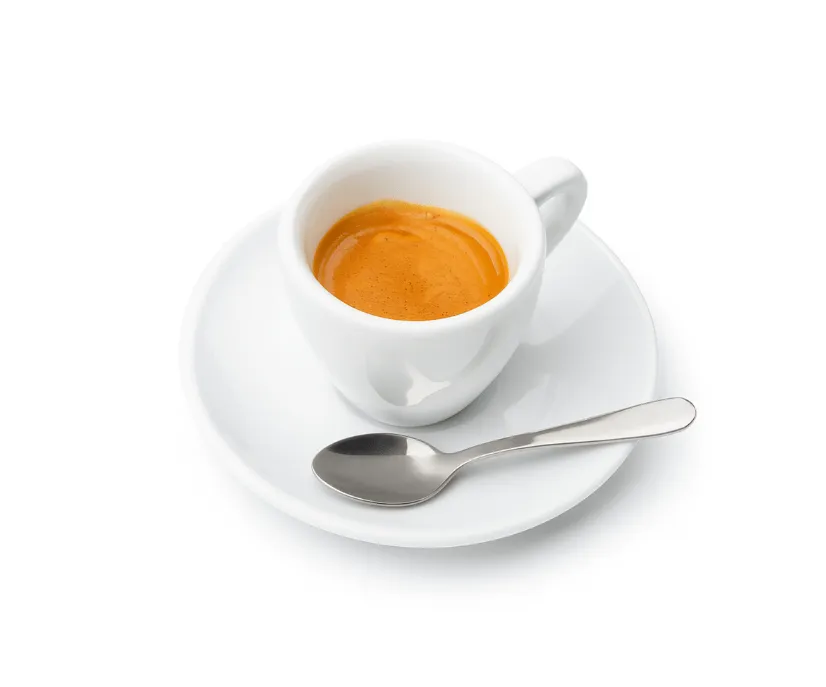 Personal pronouns
Personal pronouns
Lesson nine

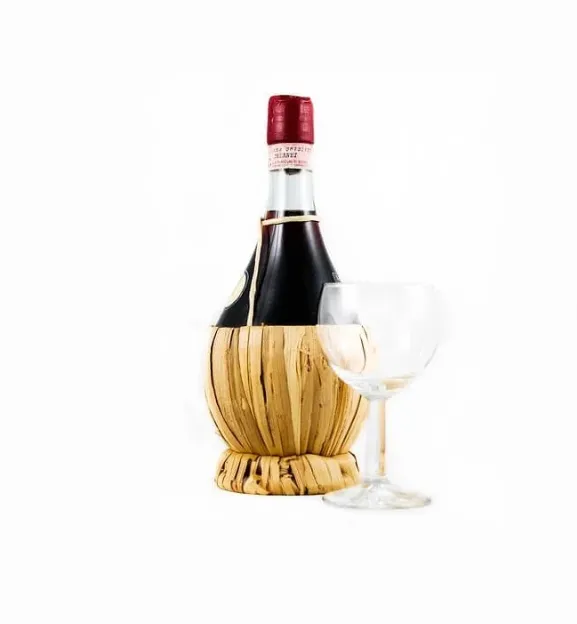
Articles are a fundamental part of Italian grammar, and by the time you finish reading this guide, you’ll be well on your way to using them like a native speaker.
In English, there is only one definite article: the.
In Italian, there are several, and they change depending on the gender, number, and first letter of the word that follows.
The main definite articles are:
Used before most masculine nouns that begin with a consonant:
il ragazzo
the boy
il gatto
the cat
il cane
the dog
Used before feminine nouns that begin with a consonant:
la ragazza
the girl
la macchina
the car
la casa
the house
Used for the plural of most masculine nouns that begin with a consonant:
i ragazzi
the boys
i gatti
the cats
i cani
the dogs
Used for the plural of all feminine nouns:
le ragazze
the girls
le macchine
the cars
le case
the houses
When a singular noun masculine or feminine begins with a vowel or a silent h, use l’ instead of il or la:
l’amico
the friend
l’albero
the tree
l’elefante
the elephant
l’arancia
the orange
If the singular used l’, the plural form will be gli:
l’amico gli amici
the friend the friends
l’albero gli alberi
the tree the trees
l’elefante gli elefanti
the elephant the elephants
Use lo for masculine singular nouns that begin with:
Examples:
lo studente
the student
lo psicologo
the psychologist
lo zio
the uncle
lo zucchero
the sugar
lo yogurt
the yogurt
lo pneumatico
the tire
In the plural, lo becomes gli:
gli studenti
the students
gli psicologi
the psychologists
gli zaini
the backpacks
gli pneumatici
the tires
| Singular | Plural |
|---|---|
| il | i |
| la | le |
| l’ | gli le |
| lo | gli |
Unlike English, Italian often uses definite articles in a general or abstract sense, even when English does not:
L’amore è più forte dell’odio.
Love is stronger than hate.
Il fumo fa male alla salute.
Smoking is harmful to your health.
La pasta è un piatto italiano.
Pasta is an Italian dish.
Some Italian nouns don’t change in the plural, but the article always does. Pay attention to this when using borrowed or shortened words:
l’autobus gli autobus
the bus the buses
la moto le moto
the motorbike the motorbikes
la foto le foto
the photo the photos
In English, the indefinite articles are a and an.
In Italian, the equivalents are:
un ragazzo
a boy
un cane
a dog
un gatto
a cat
una ragazza
a girl
una casa
a house
una macchina
a car
Use uno instead of un before masculine nouns starting with: z, gn, ps, pn, s + consonant, x, or y
Examples with uno:
uno studente
a student
uno squalo
a shark
uno psicologo
a psychologist
uno zio
an uncle
uno zaino
a backpack
uno yogurt
a yogurt
Drop the final a of una and replace it with an apostrophe un’ before vowels or silent h.
Examples:
un’amica
a female friend
un’ora
an hour
Partitive articles are used when you’re referring to an unspecified amount of something.
They are often translated into English as some or any.
In Italian, partitive articles are formed by combining the preposition di (of) with the definite article (il, la, etc.).
This combination creates a contracted form:
| di + il | del |
| di + lo | dello |
| di + l’ | dell’ |
| di + la | della |
| di + i | dei |
| di + gli | degli |
| di + le | delle |
del caffè
some coffee
Ho comprato del caffè al supermercato.
I bought some coffee at the supermarket.
dello zucchero
some sugar
C’è ancora dello zucchero in cucina?
Is there still some sugar in the kitchen?
dell’acqua
some water
Mi puoi portare dell’acqua, per favore?
Can you bring me some water, please?
delle ragazze
some girls
Ieri sera ho parlato con delle ragazze.
Last night I talked with some girls.
 Personal pronouns
Personal pronouns
Lesson nine
 To be
To be
Lesson ten
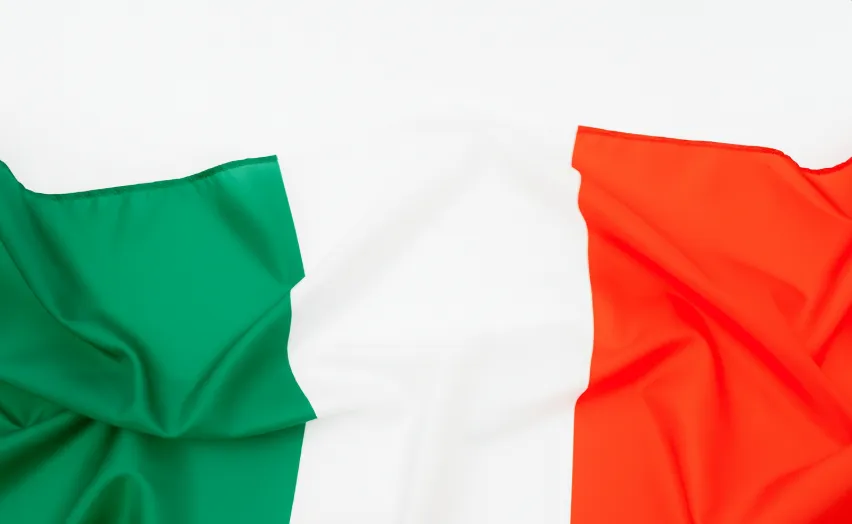 To have
To have
Lesson eleven
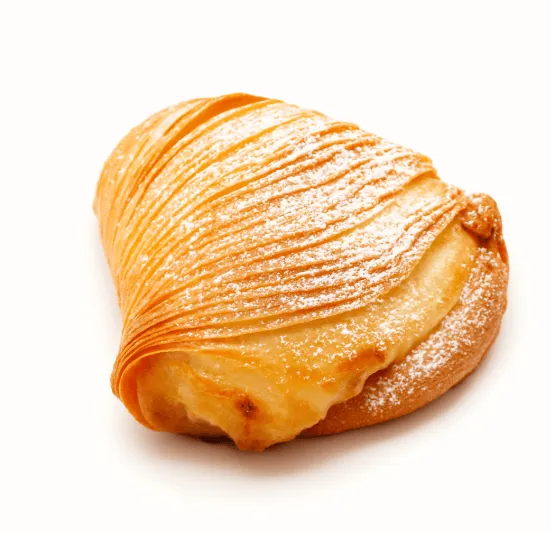 There is/there are
There is/there are
Lesson twelve
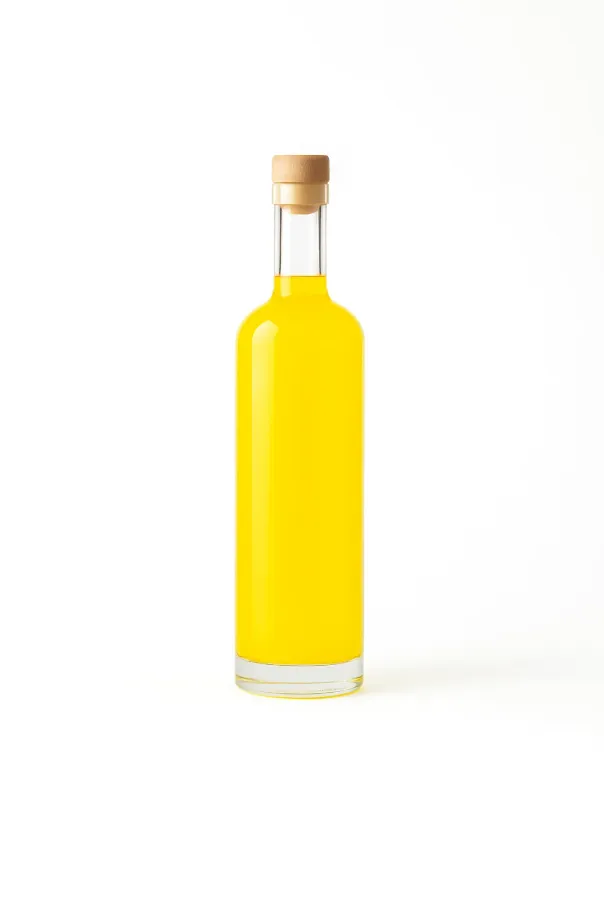 Present tense
Present tense
Lesson thirteen
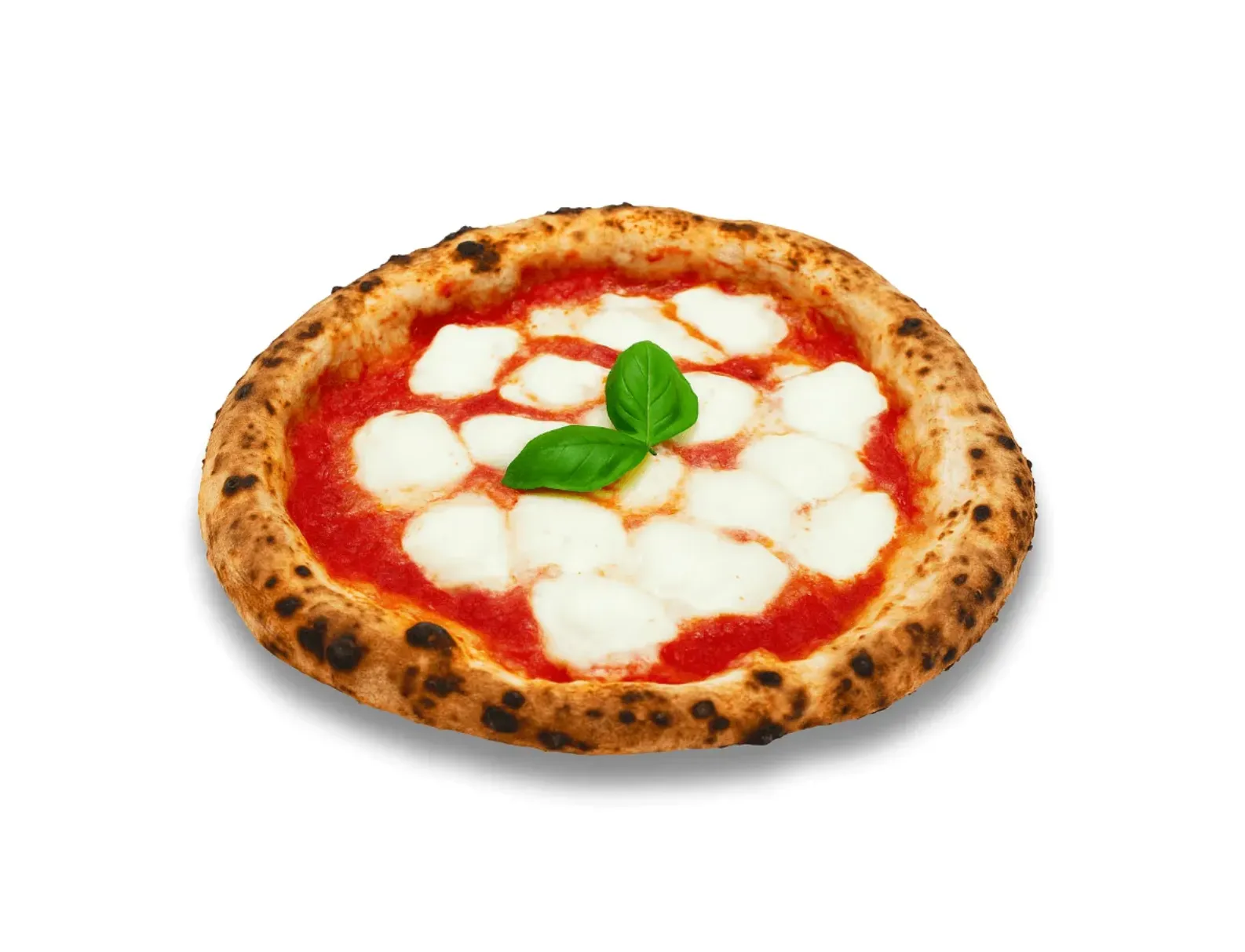 Modal verbs
Modal verbs
Lesson fourteen